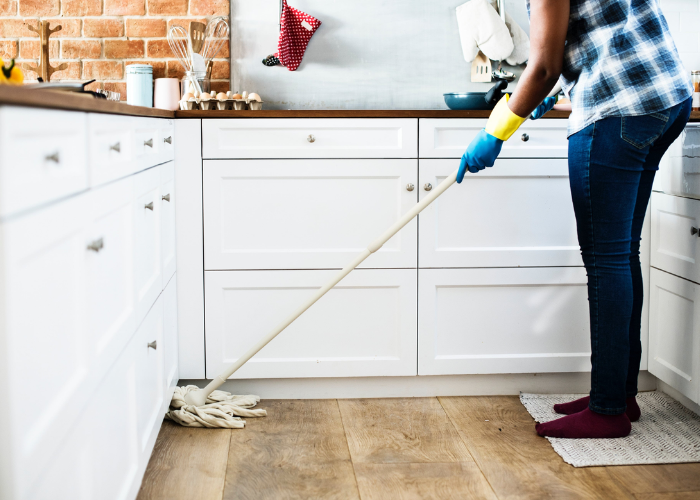Essential Techniques for Growing a Lush and Bountiful Garden
Gardening is an exciting and rewarding hobby that can bring a sense of accomplishment and joy to anyone who participates. It can also provide a sense of connection to nature, as well as a source of fresh produce and beauty. Gardening can be a great way to relax, unwind, and enjoy the outdoors. Whether you’re a beginner or a seasoned pro, this guide will help you get started with basic gardening skills and tips.
Basic Gardening Supplies
Before you start gardening, you’ll need to make sure you have the necessary supplies. The basics include gloves, a shovel, a spade, a trowel, a hoe, a rake, and pruning shears. You’ll also need a good pair of gardening shoes—waterproof and slip-resistant—as well as a wheelbarrow or cart for moving soil and supplies. Other items to consider include a good pair of gardening gloves, a kneeling mat, and a garden hose or watering can.
Soil Preparation
Once you have the supplies, the next step is to prepare the soil for planting. Start by testing the soil pH with a kit available at most garden centers. Then add organic matter such as compost or peat moss to improve the soil’s structure, drainage, and nutrient content. You may also need to add lime or sulfur to adjust the soil pH to the right level for the plants you plan to grow.
Plant Selection
Choosing the right plants is essential for a successful garden. Consider the climate and amount of sun or shade the area receives. Certain plants thrive in different environments, so it’s important to select ones that can handle the conditions in your garden. When selecting plants, also look for disease resistance and hardiness to ensure they will survive the season.
Planting Techniques
Once you’ve chosen the right plants, it’s time to get them in the ground. Start by digging a hole that’s twice as wide and deep as the root ball. If you’re planting a tree or shrub, make sure to loosen the soil at the bottom of the hole. Then place the plant in the hole and backfill it with soil, gently tamping it down to remove any air pockets. Water the plant thoroughly and add mulch around it to help retain moisture.
Watering and Fertilizer
To keep your plants healthy, you’ll need to water regularly. Water deeply and infrequently, allowing the soil to dry out between waterings. If your plants are in containers, you may need to water them more often. Fertilizer is also important and can be applied according to the instructions on the package.
Weed, Insects, and Disease Control
Weeds, insects, and diseases can all be a problem in the garden. To keep them in check, practice good garden maintenance. Remove weeds by hand or with a hoe, and keep the garden well-weeded throughout the season. To prevent insect damage, use insecticidal soap or neem oil. To prevent disease, practice good sanitation, such as removing diseased plants and debris from the garden.
Harvesting
Harvesting your fruits and vegetables is an exciting part of gardening. Different plants have different harvesting times, so be sure to research when to pick each one. For vegetables, it’s usually best to pick them when they’re young and tender. For fruits, wait until they’re fully ripe before picking them.
Conclusion
Gardening can be a rewarding and enjoyable hobby. With a little knowledge and the right supplies, anyone can be successful at it. Start by preparing the soil, selecting the right plants, and planting them properly. Then water and fertilize regularly and practice good pest and disease control. Finally, don’t forget to harvest your fruits and vegetables when they’re ready. With these tips, you’ll be well on your way to becoming a successful gardener.














Post Comment